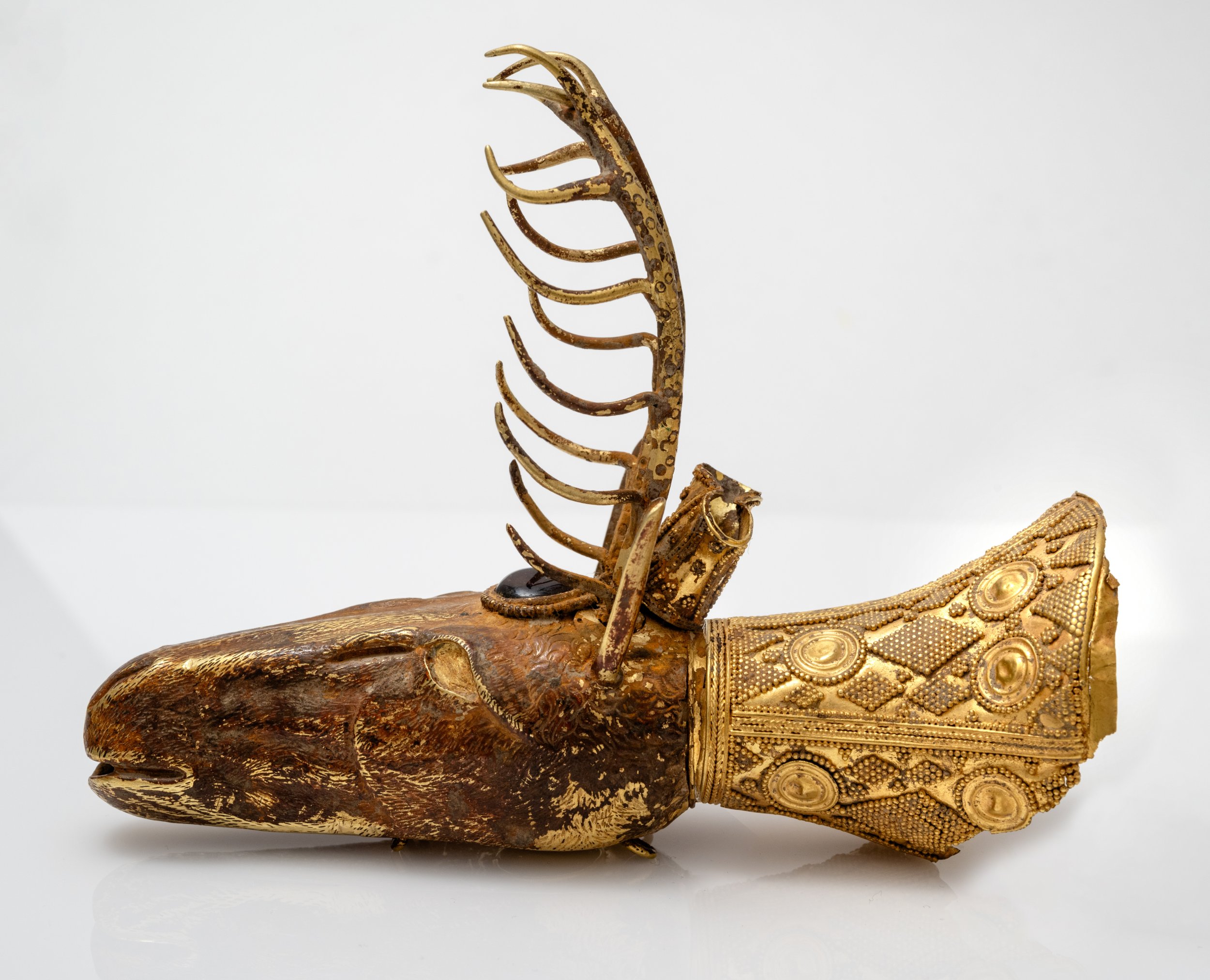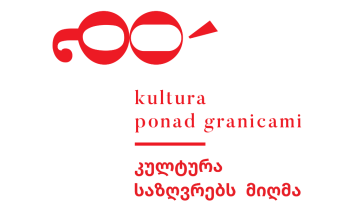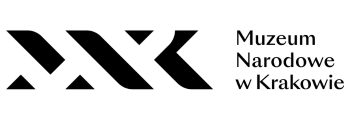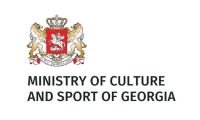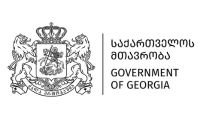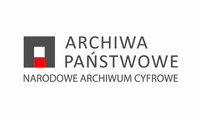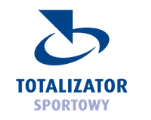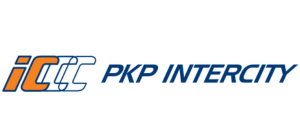MNK The Main Building
al. 3 Maja 1- Monday: closed
- Tuesday - Sunday: 10.00-18.00
Information and reservations on weekdays 9 a.m.- 4 p.m.
Director of the National Museum in Krakow
Deputy Director for Scientific Activities
Deputy Director for for Exhibition Activities
Deputy Director for Strategy and Communications
Deputy director for the Management
Chief Accountant
Chief Cataloguer of the National Museum in Krakow
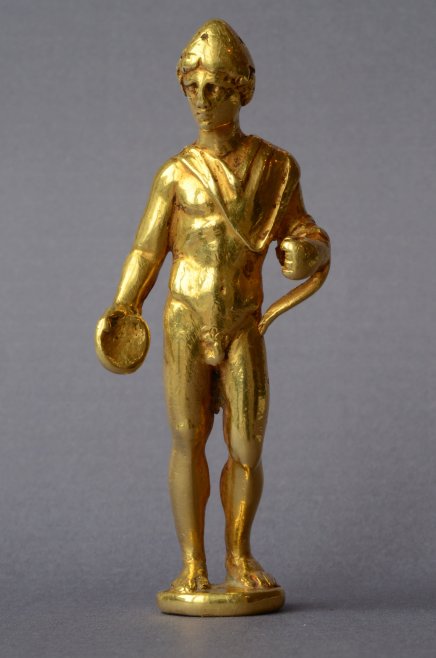
The National Museum in Krakow is already inviting you to the first not only in Poland, but probably also in Europe, such a comprehensive, panoramic and wide-ranging exhibition of Georgian art - from the oldest traces of human activity through stunning, ancient examples of Kolchida gold, stone steles of the early Middle Ages, the most ancient traces of human activity, enchanting ancient examples of Colchis gold, stone steles of the early Middle Ages, shimmering with a blaze of colours medieval illuminated codices, modern clothes, militaria, through landscapes illustrating the changing face of Tbilisi and paintings by Pirosmani, to avant-garde art of the 20th century, including the contribution to its development of Polish artists, who tied their lives to this beautiful and unusual country.
The exhibition of Georgian art, planned in cooperation with the leading museums of Georgia in 2024, in its fundamental idea is to be cross-sectional, covering the period from antiquity to modern times, and at the same time focusing on selected aspects of the great heritage of Georgian culture. We take up the challenge of presenting you with a panorama of art that is diverse, fascinating and rich, while at the same time addressing a number of problematic issues, bringing you closer to the peculiarities of the Georgian language and its alphabet, its associated exuberant literature, music, as well as the flowering of the magnificent medieval culture. Due to the location of the exhibition, and in order to emphasise the long-standing ties connecting Georgia and Poland, it is indispensable to present the achievements of Poles who worked and created for Georgia, both as exiles and out of free choice. We are keen to present great moments in Georgian history using works that can be described as cimelia.
We are planning to prepare the exhibition in the most representative and at the same time the largest Exhibition Hall in the Main Building of the NMK. Our strategic partner is the National Museum in Tbilisi, while the list of objects also includes the collections of other partner institutions, which include the State Museum in Kutaisi, the Museum - Dadiani Palace in Zugdidi, the Archaeological Museum in Batumi and a number of Museums and institutions in Tbilisi: the Palace of Arts, the National Manuscript Centre in Tbilisi and the Tbilisi City Museum. The exhibition will be divided into ten sections presenting Georgia as the cradle of world winemaking and, at the same time, the process of creating a social community and state. Fascinating archaeological finds will be demonstrated, including the oldest agricultural tools, evidence of the birth of metallurgy and ancient ceramics.
In the section devoted to the Treasures of Colchis, we will document the importance of the first, intensive contacts between Greece and Georgia, perpetuated in the myth of the Argonauts' expedition to Colchis, and at the same time the wealth of sophisticated ancient goldsmith's art. The adoption of Christianity will be recalled by magnificent stone steles created many centuries before the new religion arrived to Poland. We will showcase monuments of Georgian writing with various versions of the alphabet, as well as different varieties of musical culture. The nerve of the Georgian state is its capital city, therefore the iconography of the city, its history and transformations will be presented with an indication of landmarks, such as the Sioni Cathedral and the Old Bazaar, as depicted on the canvases of avant-garde and orientalist artists and in photography. The exhibition provides a unique opportunity to present the work of Polish artists who tied their lives to Georgia, such as Henryk Filipowicz and Henryk Hryniewski. A separate presentation will be given to the work of the most famous Georgian artist Niko Pirosmani, who combined motifs related to everyday life and Georgian tradition with a specific stylisation, giving his works a unique, personal stamp. The exhibition will close with a presentation of selected works by avant-garde artists with whom Polish artists, including Zygmunt Waliszewski, were also associated.
curator and author of the exhibition scenario: Prof. dr hab. Mirosław Piotr Kruk
coordination: Katarzyna Pawłowska
exhibition design: Magdalena Bujak
Realisation of the panorama of Georgian art “Golden Fleece – Art of Georgia”
Co-financed by the Minister of Culture and National Heritage
